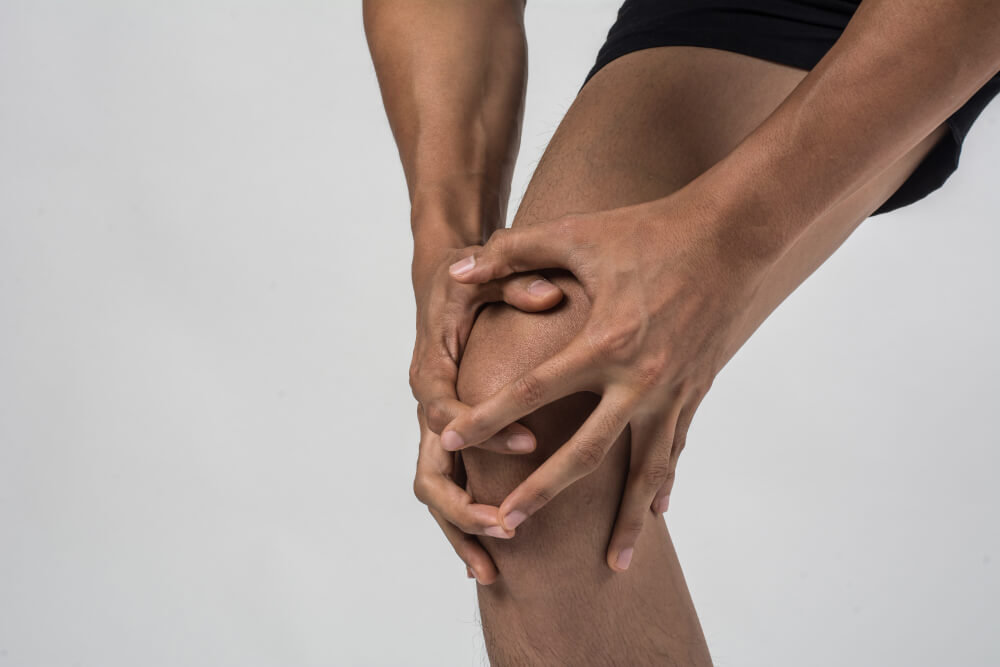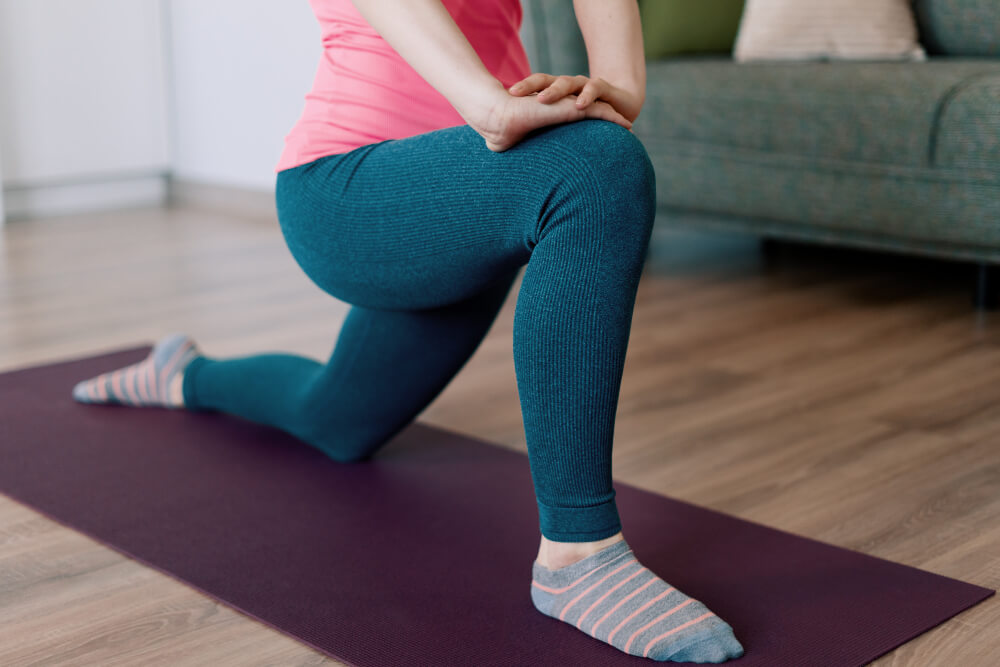Conquering Chondromalacia Patella: Your Guide to Knee Pain Relief and Recovery
What is Chondromalacia Patella?
Chondromalacia patella, also known as runner’s knee, is a common condition that causes pain behind or around the kneecap. It occurs when the cartilage underneath the kneecap (patella) softens and deteriorates, leading to friction and inflammation. This can happen due to overuse, misalignment of the kneecap, weak quadriceps muscles, or trauma to the knee.
Symptoms of Chondromalacia Patella:
- Pain behind or around the kneecap, especially during activities that involve bending the knee, such as running, squatting, or climbing stairs
- Grinding or popping sensation in the knee
- Swelling and tenderness around the kneecap
- Difficulty straightening or bending the knee fully
Diagnosing Chondromalacia Patella:
Your doctor will likely ask about your symptoms and medical history, perform a physical examination of your knee, and order imaging tests such as X-rays or MRIs to confirm the diagnosis and rule out other potential causes of your knee pain.
Imaging Tests for Chondromalacia Patella:
- X-rays: While they can’t directly visualize cartilage, they can show changes in the bones around the knee that may suggest chondromalacia patella.
- MRIs: These provide detailed images of the soft tissues in your knee, including cartilage, and are the most accurate way to diagnose chondromalacia patella.
Treatment Options for Chondromalacia Patella:
The good news is that most cases of chondromalacia patella can be treated without surgery. The treatment plan will depend on the severity of your symptoms and your individual needs.
Non-surgical Treatment Options:
- Rest: Avoiding activities that aggravate your knee pain is crucial for allowing the cartilage to heal.
- Ice: Applying ice packs to your knee for 15-20 minutes at a time, several times a day, can help reduce inflammation.
- Pain medication: Over-the-counter pain relievers like ibuprofen or acetaminophen can help manage pain and inflammation.
- Physical therapy: Exercises to strengthen the muscles around your knee, improve flexibility, and correct any misalignment can help stabilize the kneecap and reduce pain.
Surgical Treatment Options:
In rare cases, surgery may be necessary if conservative treatments fail to provide relief. Arthroscopic surgery is a minimally invasive procedure that can be used to remove loose cartilage fragments, smooth the undersurface of the kneecap, or realign the kneecap.
Preventing Chondromalacia Patella:
- Strengthening exercises: Regularly strengthening the muscles around your knee can help prevent your kneecap from tracking out of alignment.
- Stretching: Stretching your quadriceps, hamstrings, and calves can improve flexibility and reduce your risk of injury.
- Proper footwear: Wearing supportive shoes with good shock absorption can help protect your knees.
- Warm-up and cool-down: Always warm up before exercise and cool down afterward to prevent injury.
- Listen to your body: Don’t push through pain. If you experience knee pain, take a break and rest your knee.
Living with Chondromalacia Patella:
Even with treatment, some people may experience occasional knee pain. However, with proper management and lifestyle modifications, you can live an active and fulfilling life with chondromalacia patella.
Tips for Living with Chondromalacia Patella:
- Maintain a healthy weight: Excess weight can put additional strain on your knees.
- Choose low-impact activities: Activities like swimming, cycling, and yoga can be gentler on your knees than high-impact activities like running.
- Modify your activities: If you enjoy activities that aggravate your knee pain, find ways to modify them to minimize the risk of pain.
- Be patient: Recovery from chondromalacia patella takes time. Be patient with yourself and follow your doctor’s or therapist’s recommendations.
Conclusion:
Chondromalacia patella can be a frustrating condition, but it’s important to remember that it’s treatable. By understanding the condition, following your treatment plan, and making some lifestyle changes, you can manage your knee pain and get back to enjoying the activities


